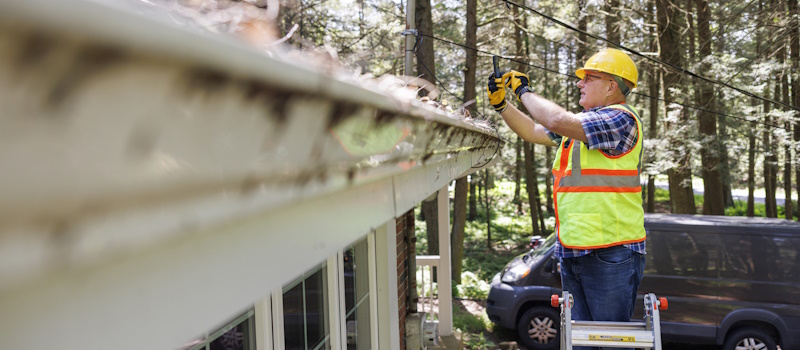Storm Recovery: What's covered for my home?
Storm Recovery: What's covered for my home?

Storm Recovery: What's covered for my home?
No one anticipates severe weather causing extensive damage to their home, but it can and does happen to homeowners in all regions of the country. Maybe a storm blew a few shingles off your roof, collapsed your roof, or leveled your home entirely. From minor damage to catastrophic weather events, it is important to understand what your homeowners’ insurance policy covers and what it does not.
What Type of Coverage Can You Expect from a Standard Homeowners’ Insurance Policy?
Homeowners insurance comes in three standard forms, with renters and those who own townhomes or condos having a different type of policy than owners of stand-alone homes. These policy types include:
- Dwelling alone
- Personal property alone
- Dwelling and personal property together
Each of these policies may cover damage caused by a storm. Common examples include damage caused by fire, lighting, wind, hail, and problems caused by winter storms such as freezing pipes. You should always check with your homeowners insurance policy to ensure coverage before making any assumptions.
The type of coverage you have always depends on the type of policy you have. For example, some dwelling and personal property policies may not cover as much as the other types, especially if you opt for basic coverage over broad coverage.
Flood and Earthquake Coverage Always Requires a Separate Policy
The risk of damage to a home or rental property after a flood or earthquake is so high that people living in certain regions of the country need a separate policy for these events. We recommend checking with your agent before moving to a property that may be in a special flood or earthquake zone.
Take These Actions After a Storm Damages Your Home
Your safety and that of family or friends living with you is the most important. After assessing the damage, determine what you need to do to prevent further issues or injuries. Boarding up your windows or removing loose shingles from the roof that the storm didn’t blow off entirely are just two examples.
You also want to keep damaged items when possible, or at the very least, take several photos of them. Each time you spend money on repairing damage to your home, keep your receipts for filing a claim later.
Replacement Cost VS Actual Cash Value
Depending on the location and type of damage your home sustained during a storm, the cost of repairing or replacing it can be cost-prohibitive without insurance. If you have replacement coverage, it means that your policy should cover the expenses associated with repairing or replacing the structure itself. Replacement coverage should also include the cost of repairing or replacing items inside your home at today’s market value. The terms of most actual cash value policies state that coverage includes the repair or replacement of the home and items inside it based on depreciation since you purchased them.
